Rio Gallegos.jpg
View of the city of Río Gallegos.
Expedia
Gallegos River The maritime sub -prefecture was definitely born there, with the date of foundation the December 19, 1885being 2025 the year of the 140th anniversary of the city.
In 1888, Río Gallegos was appointed capital of the territory of Santa Cruzofficially ratified decision on May 19, 1904. The city experienced significant growth thanks to sheep and, later, thanks to mining activity, especially with the discovery of oil, gas and gold In the region.
How to get to Río Gallegos in Santa Cruz
Some data for visitors who wish to travel to this city considered the Portal of Southern Patagonia. Río Gallegos is located 2,535 km from the city of Buenos Aires and 3,417 km from La Quiacathe point of greatest distance north of the country.
To the capital of the province of Santa Cruz you can access by Land via Through the National Route No. 3, the “Blue Route”, which follows the axis of the Patagonian coast.
It can also be reached by air since Gallegos River It has the Norberto Fernández Civil Pilot Airport. Since last February the company Flybondi was added, which offers six weekly flights (on Monday, Tuesday, Thursday, Friday, Saturday and Sunday) starting from Buenos Aires in the afternoon. At the moment, the rate ranges from $ 68,999 per final section.
What places you can know about Visit in Río Gallegos
Next, a list of the tourist points that can be traveled from the city of Gallegos River:
Marjory Glen, the Belgian Boat that served as a test in the Malvinas War
It is a Boat of Scottish origin that was built in 1892 by the British shipping company The Grangemouth Dockyard Company and whose helmet was riveted iron. I had three masts and I sailed sailin addition to that it was very recognizable for its very distinctive mascation.
In 1911 he sailed with Norwegian flag from Newcastle, England, to Río Gallegos. Upon arriving at the Santa Cruceño port, he suffered a fire in the coal reserves that he transported to market in our country. For several days the fire tried to put out but he advanced constantly Until several days later it was controlled. The captain of the boat, Jan Martín Holmsen, was imprisoned by the Argentine authorities accused of “negligence.”
Marjory Glen Rio Gallegos.jpg

The remains of the Marjory Glen, struck in Punta Loyola.
Aeronautical Gazette
The metallic housing of the ship was fallen inland, more than 100 meters from the coast. Time things, 71 years after the fire, on the eve of the Falklands War, Marjory Glen served as a target for the pilots of the Argentine Air Force, in practice of the technique of flush bombing that helped them resist against the British Navy, but that cost dozens of both Argentine and English lives.
How to get to Punta Loyola
- From Río Gallegos they are just over 35 km that must be traveled by land, with most of the road in asphalt and then enter a section of gravel.
Cabo Virgins, the “km 0” of National Route 40
Cabo virgins It is the southernmost continental point in Argentina and America. Its strategic location on the sea allows the development of an important colony of Magellan penguins (Spheniscus Magellanicus) that chooses this site for courtship, eggs and incubation.
In it Cabo virgins The Argentine lighthouse of the same name is located, in operation since 1904. Its height is 26.5 meters and the reach of its light reaches 44 kilometers.
Cabo Virgen 2.jpeg
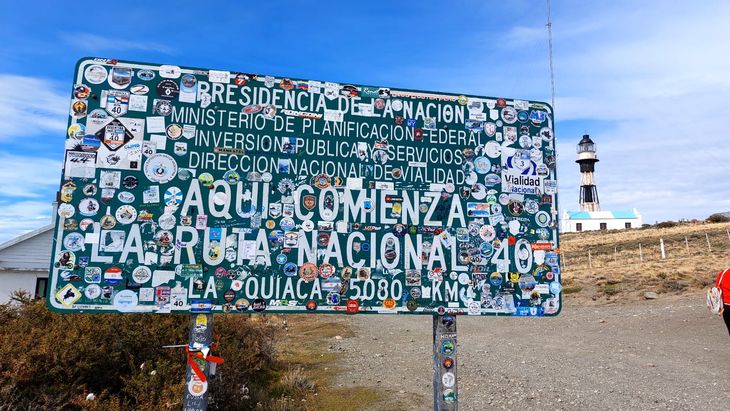
The “km 0” of National Route 40, at the southern end of the country.
Santa Cruz Tourism Secretariat
His name is in honor of the date on which Hernán de Magallanes He stepped on these lands for the first time, the October 21, 1521day on which the day of the “Eleven thousand virgins”. In that place the first foundation of Patagonia was erected: the ancient city in the name of Jesus. However, the fate of her and other first foundations at the southern Argentina was marked by food shortage and hostile climate.
In 1876 it was found in this golden place mixed with the sand, but only in 1885 the fever was woke up for this metal, after the shipwreck of a French ship in the area. As we got used, the ship’s remains were looted, but more wealth was found in the sands than in the steam winery, which dazzled many men who camped there.
Cabo Virgins.jpeg
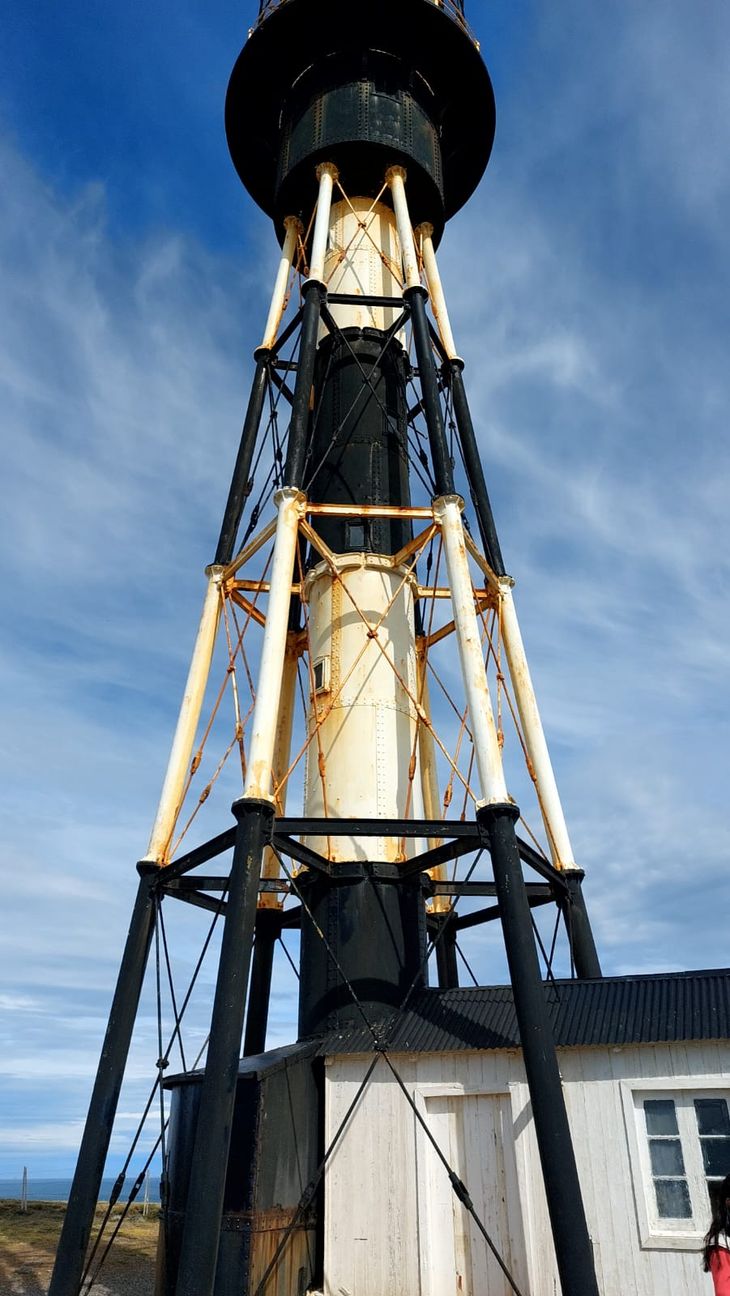
The Lighthouse of Cabo Virgins.
Santa Cruz Tourism Secretariat
The same government was interested, highlighting the expedition of Carlos Moyano (first governor of the then territory of Santa Cruz) aboard the Villarino for the existence of the golden metal. From that moment, Cabo Virgins arises in a few months as a populated nucleus, with businesses, mining camps, workshops, police and machinery for extraction.
Today there are both sides of the Torres and oil facilities such as the treatment plant and the Cerro Redondo camp, both of YPF, which are barely visible samples of the intense oil exploitation that is carried out in the area.
How to get there and tips for travelers
- There are 145 km of the way along the way from Ripio from Río Gallegos taking the National Route No. 3 Rumbo to the South.
- In km 12 a police control is passed with a barrier and in km 16 there is a walking signal that indicates a diversion to the left to the provincial route No. 1, from where there are 129 km to Cabo Virgins.
- Continue to the control of gendarmerie at kilometer 90 and move to the bifurcation, where you have to bend right to reach the Monte moneylocated almost on the international limit. In this stay, sheepshed model, the Fenton family organizes visits to the apostaderos of marine and penguin wolves, as well as lunches and lodging with previous reserve. From there they are 13 kilometers to Cabo Virgins.
- Carry fuel and food.
Monte León National Park, where the sea and the Patagonian steppe join
It is a national park of special beauty, which combines lto Patagonian Estepa and the Costa del Mar With their high cliffs, islands, small bays, beaches, rock areas and caves that are exposed with low tide. With the Magellan penguin as an emblem, marine fauna is the great attraction.
You can visit throughout the year. The best time is Between October and April. The entrance to the park is gratuitous and must be registered at the report center, located at the main entrance of the park (National Route No. 3, Km 2,400).
Monte Leon National Park 2.jpeg
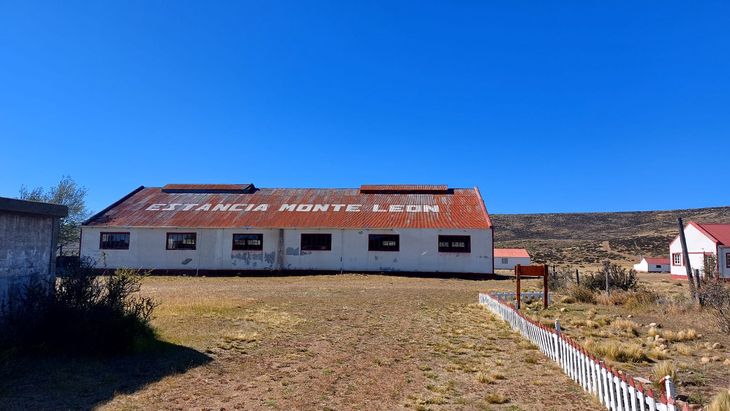
The old Monte León stay that became a National Park, to which he gave his name.
Santa Cruz Tourism Secretariat
From the viewpoint that is on the access road to the coast you can see the icon that gives its name to the park: the “Head of the lion”a geoform that looks like a lion or a sphinx lying on the sea.
The Park invites you to know one of the main colonies of Pingüinos de Magallanes in the country, with more than 40,000 reproductive couples that arrive in the area since October.
Monte Leon.jpg National Park
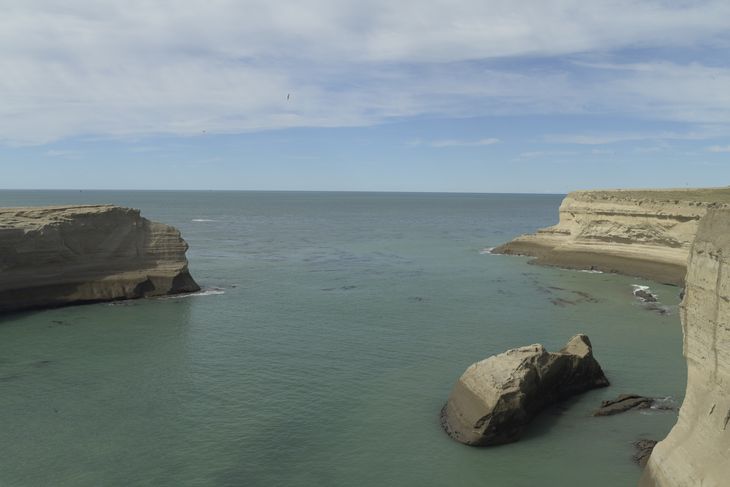
Cliffs, caves and sea on the coast of the Monte León National Park.
Lautaro March
It also has a bird’s sighting hostel. You can observe seagulls, cormoranes, giant petreles, chorlos, Antarctic pigeons and the Tobian maca, iconic of the province of Santa Cruz.
As for marine and terrestrial fauna you can also find Overas, southern dolphins, marine wolves of a hair, as also Pumas, Choiques and Guanacos.
Monte Leon 3.jpg
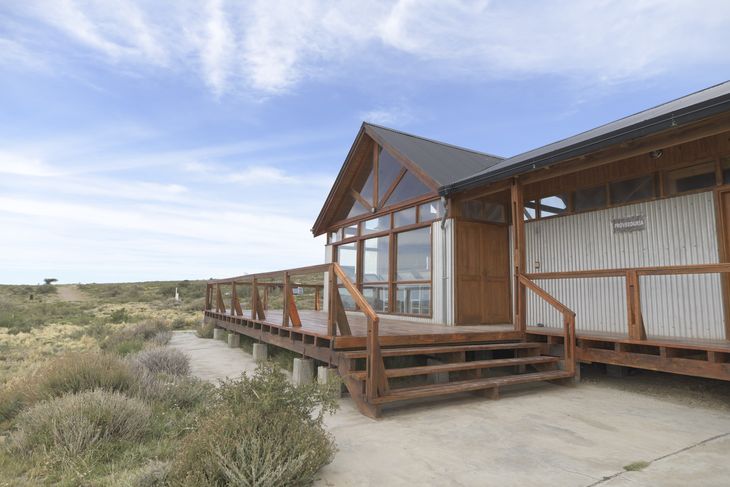
Monte León National Park has a recreation space with services for both spontaneous visitor and for those who travel to live the camping experience.
Lautaro March
How to get and move in the area
- From the north it is accessed by km 2,400 of National Route 3, 35 km from the town of Commander Luis Piedrabuena and 50 km from Puerto Santa Cruz.
- From Río Gallegos, they are 200 km on National Route 3 to the north.
- Inside the park, it is accessed by private vehicle by RP 63, connecting RN 3 with the main visit points and beaches.
- To consult the status of Provincial Route 63 (entry to the coastal sector), contact the Intendance or the Park Operating Center.
- The vehicular road reaches the beach, but you have to check the state of the path before traveling. Keep in mind the weather conditions since the rainy days of the provincial 63 that enters the coastal sector of the park, becomes impassable.
Río Gallegos, one of the most spectacular fly fishing places in Patagonia
The Gallegos River, with almost 300 kilometers long, has its origin in the southern sector of the Andes mountain range. About 50 km from his mouth, he is located The vulturesa Lodge that offers a very good option for the sports fisherman who seeks adventure but also comfort and tranquility.
Lodge fishing vultures.jpeg
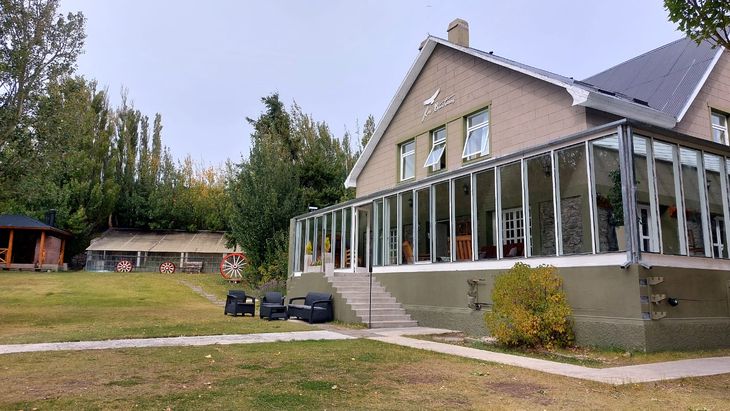
The vulture, a unique space a few kilometers from Río Gallegos.
Santa Cruz Tourism Secretariat
The Lodge The vultures is home to the most prolific sections of the Gallegos River, with private waters that run on both sides, with several fishing areas where you can find the trout head of the Acerco (silver head), very sought after
The vultures has prepared guides and all the necessary tools for the experience to be total. This river of Argentine trout is a wonderful place for fly fishing, ideal for those who approach the river in search of merely sports experience, to respect nature.
the vultures.jpg
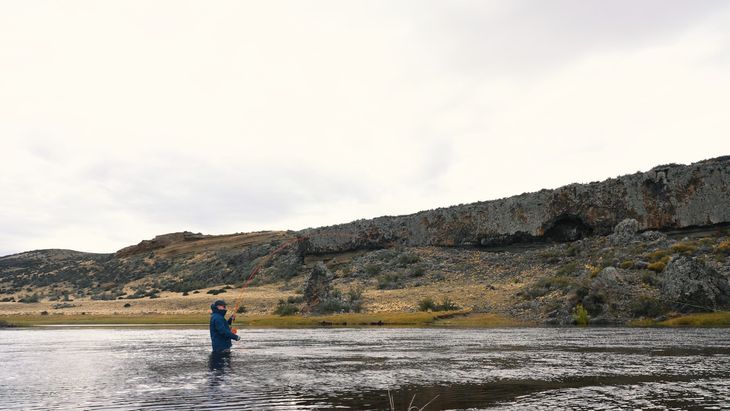
Lodge vultures offers a great experience of sport fishing with trout fly and other specimens.
The vultures
Two fishermen per guide are transported to their assigned section of the river in a 4×4 vehicle, with individual sections that cover 6 to 9 pools (depending on the water level) and rotate every half day.
It goes from stretch of stony funds to cutting tile floors, already areas of flat pebbles. It is relatively shallow, which facilitates the vadeo, and obvious the need for rapid sinking lines, creating an exciting and challenging fishing environment. Gallegos River It is simply one of the most spectacular fly fishing places in the Patagonia.
Source: Ambito
I am an author and journalist who has worked in the entertainment industry for over a decade. I currently work as a news editor at a major news website, and my focus is on covering the latest trends in entertainment. I also write occasional pieces for other outlets, and have authored two books about the entertainment industry.




